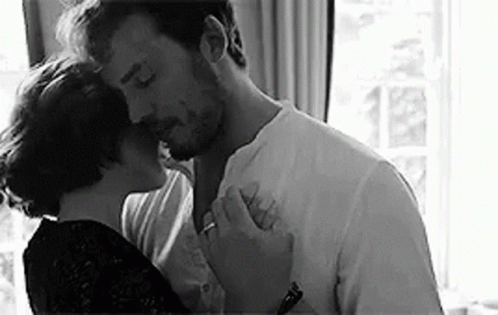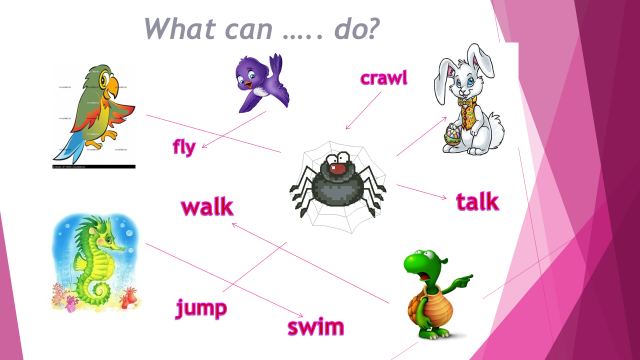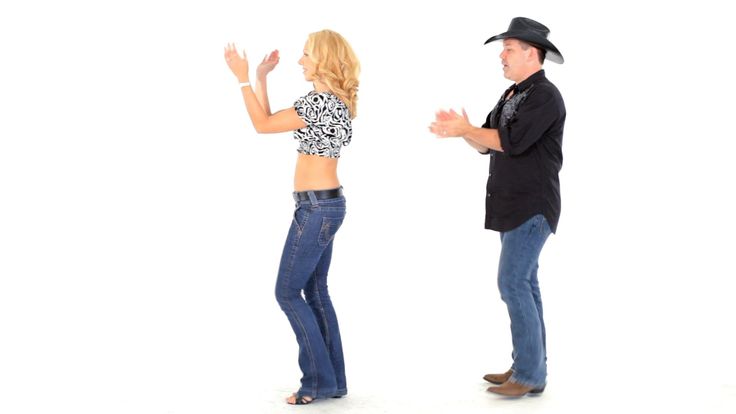How to dance hasapiko
Hasapiko (L*), Vari or Argo – Greece, revised – Folkdance Footnotes
*a Living dance is a 1st Generation dance that is still performed in the country of origin (or immigrant communities) as part of a social event like a wedding where others can participate (not for an audience) by people who learned the dance informally (from friends and relatives by observation and imitation, not in a classroom situation). For more information, click here and here.
VARI HASAPIKO or ARGO HASAPIKO or HASAPIKO (Hah-SAH-pee-koh) See also under Living Dances Hasapiko https://folkdancefootnotes.org/dance/a-real-folk-dance-what-is-it/about/hasapiko/ and Hasaposerviko https://folkdancefootnotes.org/dance/a-real-folk-dance-what-is-it/about/hasaposerviko-greece/, and under 2nd Generation Dances Syrtaki https://folkdancefootnotes.org/dance/a-real-folk-dance-what-is-it/2nd-generation-dances/syrtaki-greece/. They’re 3 different but related dances, – some Greeks call the same dance by different names. The main difference is speed, and what I call Vari Hasapiko is the slowest. If I had to do one folk dance for the rest of my life, this would probably be it! It is still very much alive in Greece, though mostly as a performance dance, has a huge repertoire of great accompanying music, an interesting basic step that doesn’t get boring easily, has room for individual expression, millions of variations, and a legendary background story. Vari Hasapiko is the dance of dispossessed Greeks who were shipped out of Turkey in the 1920’s, flooding Greece with largely unwanted refugees. They congregated in urban slums, creating their own subculture, playing musical instruments unfamiliar to Greeks – the Bouzouki & Baglama. Their songs were cynical, talked of sex and drugs. Their dances were for men only – solo, in pairs or trios, but largely improvised on the spot.
 Bouzouki music was disreputable to proper Greeks until, like Rock & Roll, it was discovered by disaffected youth and outsiders (tourists). Considered by many to be the best Greek movie ever made, “Rembetiko” tells the story of this era, loosely based on the life of one of its most popular female singers, but beware it is not a happy tale! Nobody sings the blues quite like the Greeks, and this movie captures the spirit of Vari Hasapiko like no other. By the late 1950’s, Bouzouki music had become mainstream, and the dancing could be celebrated in movies like “Never on Sunday“.
Bouzouki music was disreputable to proper Greeks until, like Rock & Roll, it was discovered by disaffected youth and outsiders (tourists). Considered by many to be the best Greek movie ever made, “Rembetiko” tells the story of this era, loosely based on the life of one of its most popular female singers, but beware it is not a happy tale! Nobody sings the blues quite like the Greeks, and this movie captures the spirit of Vari Hasapiko like no other. By the late 1950’s, Bouzouki music had become mainstream, and the dancing could be celebrated in movies like “Never on Sunday“.
Some examples –
Some contemporary pros. The basic step is a foundation that’s returned to occasionally – otherwise its all improvisation.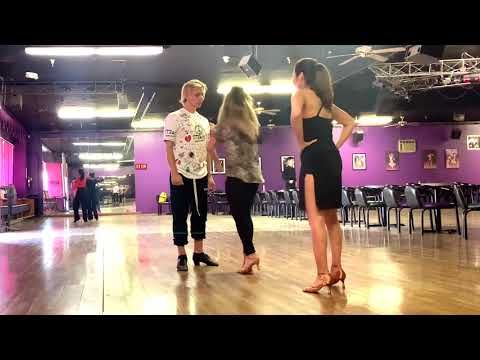 Another contemporary, this one by some regular guys. Notice how the guy on our right watches the guy on the left for clues for what’s coming next. The tune is Fragosyriani, one of the iconic hasapiko tunes, composed by Markos Vamvakaris in 1935.(see Hasapiko music, under MUSIC https://folkdancefootnotes.org/music/about-music-types-songs-etc/hasapiko-music/ ).
Another contemporary, this one by some regular guys. Notice how the guy on our right watches the guy on the left for clues for what’s coming next. The tune is Fragosyriani, one of the iconic hasapiko tunes, composed by Markos Vamvakaris in 1935.(see Hasapiko music, under MUSIC https://folkdancefootnotes.org/music/about-music-types-songs-etc/hasapiko-music/ ). Some instruction –
First step should be on the left to the front. Some people do a basic step of 12 beats, most do 14 beats (how I now teach), and some do 16 beats (add 2 beats to the end).
Some people do a basic step of 12 beats, most do 14 beats (how I now teach), and some do 16 beats (add 2 beats to the end).
Here’s a video taken from an old TV show – lots of moves! https://www.youtube.com/watch?v=K5bIxDPidrE Here you get a clear look at lots of variations. Notice this guy’s basic step has 14 counts. https://www.youtube.com/watch?v=v8kdTRxeAD4
Some music: “Hasapiko Politiko” by Giannis Papaioannou, 1953, perhaps the most famous melody today. https://www.youtube.com/watch?v=yh5NCKCi9Oo For more music, see Hasapiko music under MUSIC
Like this:
Like Loading...
Hasapiko Instruction Video Clips
Hasapiko Instruction Video ClipsHellenic Traditional Arts Institute
Hasapiko Instruction Video Clips
(return to home)
|
Front View 28K (. 56K (.rm file) |
Basic: Step forward on the Left foot, touch heel and toe of Left foot with Right. Kick Right foot slightly in front (4 counts). Step back on the Right foot, kick Left foot, step on Left foot and bring Right foot across Left (2 counts) Step Right on Right foot, balance forward on Left , and back on Right (3 counts). With weight still on Right foot, touch Left heel down twice (2 steps). |
Back View 28K (. 56K (.rm file) |
||
|
|
||||
|
Front View 28K (.vivo file) 56K (.rm file) |
Threes: Start with first paragraph of Basic Step. Cross Right foot over Left and take 3 steps Left on Right foot (Right, Left, Right, Left, Right). Swing Left foot over Right and repeat 3 steps to the Right. Swing Right foot over Left and take 2 steps Left on Right foot Swing Left foot over Right and repeat 2 steps to the Right. Repeat in both directions with one step. (Right, Left, Right). On last Right step, bring feet together. |
Back View 28K (.vivo file) 56K (.rm file) |
||
|
|
||||
|
Front View Only 28K (.vivo file) 56K (.rm file) |
Basic and Threes with Choreograph: Put Basic and Threes together and dance with Music. |
Video clips were
process from an original tape produced by Hellenic Traditional Arts Institute.
(c) 1998, Hellenic Traditonal Arts Institute. All rights reserved. Web video clips produced by Future. Inc. |
||
Greek folk dance Hasapiko
Lesson topic. Dance "Hasapiko"
Greek dances are familiar to the majority of the world's population by a single name that has become a household name and one of the symbols of Greece. We are talking about sirtaki, which appeared as a derivative of two ancient folk dances. The first of these derivatives is hasapiko , one of the oldest military dances in Greece and Asia Minor, which foreigners often identify with sirtaki. nine0009
nine0009
The History of the Greek Hasapiko Dance
This dance in contemporary Greece is one of the most popular to learn. The dance was widespread in many areas of Greece, Asia Minor and the Balkans, but most of all in and around Constantinople. Most likely it was from Constantinople in the times of Byzantium that the hasapiko spread.
In fact, there is not much historical evidence for hasapiko. Its name comes from the Turkish word "kasap", which means a butcher, a meat merchant. Therefore, the dance is often called the "dance of the butchers." It is said that in Constantinople since the time of Byzantium, the city butchers danced the hasapiko at Easter. The word χασάπης - butcher in modern Greek is more common than the Greek and older name - μακελάριος, but the dance is sometimes also called makelarios. nine0009
Politiko (Constantinopolitan) hasapiko:
https://youtu. be/k5OvOcsoyhE
be/k5OvOcsoyhE
preparing for battle. His precise, precise movements and figures show how a warrior moves during a battle.
Now hasapiko includes 16 basic figures that can be varied and alternated ad infinitum. The main difficulty in mastering the dance is not in the movements as such, but in the absolute synchronization of the dancers. They dance from 2 people or more, usually 3-4 people in a row. They firmly hold on to each other's shoulders and make the same movements, making up a single organism. The row does not move in a circle, but forward and backward, left and right, and almost always faces the audience. nine0009
A video with a perfect hasapiko - the dancers, no longer boys, but men, are concentrated and demonstrate an amazing synchronicity of movements. They really make up a single whole, and this is aerobatics in dance. Yorgos Zambetas sings.
https://youtu.be/K5bIxDPidrE
Slow hasapiko moves in a 4/4 rhythm, but each figure can have its own rhythm. In different parts of Greece and on the islands, there are variations of hasapiko, for example, on Poros, the dance is distinguished by especially elaborate figures, and in Epirus and Western Macedonia, Slavic motifs are noticeable. nine0009
In different parts of Greece and on the islands, there are variations of hasapiko, for example, on Poros, the dance is distinguished by especially elaborate figures, and in Epirus and Western Macedonia, Slavic motifs are noticeable. nine0009
This dance owes its popularity in modern Greece to many factors. One of them is the old Greek cinema of the 50-60s of the last century. In films, the characters very often either danced this dance themselves, or watched how it was danced. Of course, the choreography was already professionally choreographed.
https://youtu.be/hSNtgXB6LF0
The second factor is the popular song genre rebetiko, a type of urban folk song. The heyday of rebetiko came in the years after the Second World War, in the 50s and 60s of the last century. Many songs of rembetiko sounded in the rhythm of slow and fast hasapiko, the most popular example is "Frangosirani":
Try to learn the dance movements
https://youtu.be/q0jxs0zkue
Hasapico has his more nimble brother, and his name
Khasaposervko
,0002 is a quick version of the dance in rhythm \4, and that's pretty easy to learn.
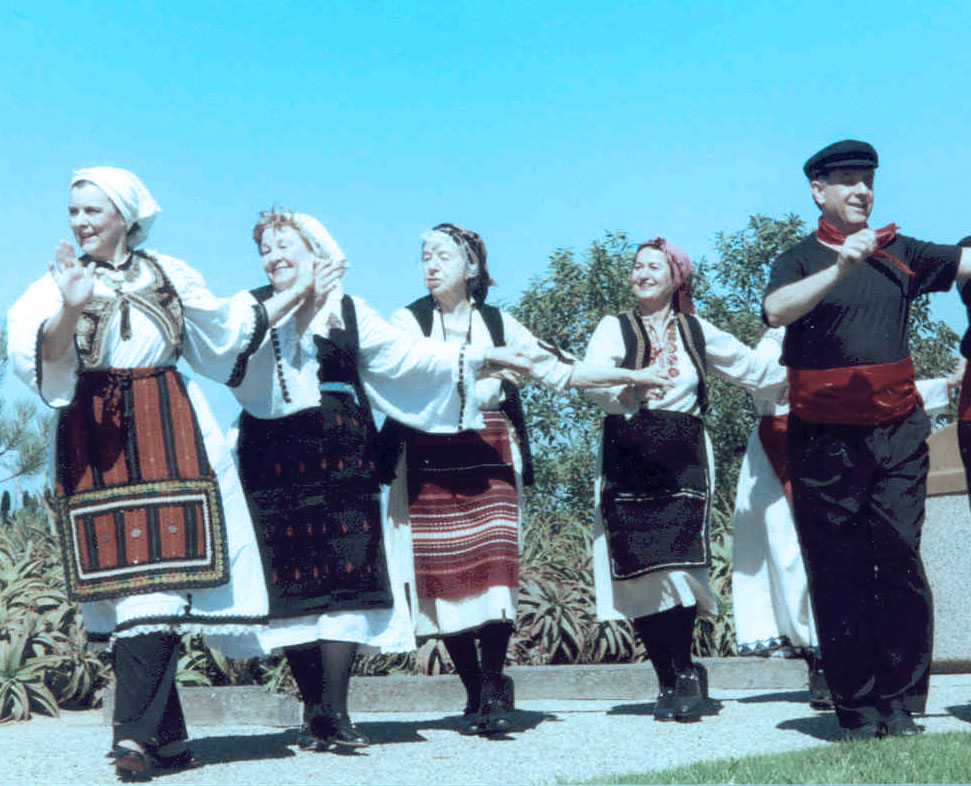 It is said that once the Serbs came to Byzantium and revived the hasapiko with a faster rhythm. Therefore, the dance began to be called khasaposervikos.
It is said that once the Serbs came to Byzantium and revived the hasapiko with a faster rhythm. Therefore, the dance began to be called khasaposervikos. https://youtu.be/NTPbsGv2UDI
Hasaposerviko Lessons
Three basic dance movements are shown, but I can say that people often limit themselves to the first figure) Turns and tilts are for more experienced dancers. The main thing here is to catch the rhythm, and then your legs will lead you by themselves. This is truly the easiest dance to learn.
Try to learn the dance moves from the video
https://youtu.be/U_qd1f714Mc
Task.
2
Greek dances (part 2) – Moscow Society of Greeks
March 31, 2018 Dance is an opportunity to express your soul in plastic. Movements, postures of the performer tell about his feelings and experiences. Folk dance is the ancestor of all other types of this art. Each locality has its own rhythms, movements, postures, costumes, and so on. Greek dances in their homeland are so popular that they are danced even in discos. They are even taught to tourists who have come to rest. nine0112
Greek dances in their homeland are so popular that they are danced even in discos. They are even taught to tourists who have come to rest. nine0112
Igor Semenikhin - Sirtaki
Greek dances
Let's get to know them better. Greek dances are popular not only among the representatives of this people themselves, but in many other countries they are danced with pleasure. Greek music and dance are studied in many European and American universities. And even performed live by ensembles using bouzouki . This is a Greek folk instrument, similar to a mandolin, which can be easily combined with any other: accordion, guitar, piano, and so on. Its sound is modest and languid. nine0112
In Greece, there was a huge number of dances - more than 200. They were divided into 5 groups: ritual, sacred (performed during sacrifices), stage, domestic and civil (they were danced at public holidays). In ancient Greece, dance was considered a gift from the Gods, which combines spiritual and physical beauty. The muse of Terpsichore is designed to teach the soul and body to combine correctly with each other.
The muse of Terpsichore is designed to teach the soul and body to combine correctly with each other.
Sirtaki (from the Greek συρτάκι - touch) is a popular dance created in 1964 for the film Zorba the Greek. It is not a Greek folk dance, but it is a combination of slow and fast versions of hasapiko , an ancient warrior dance. The sirtaki dance, as well as the music for it, written by the Greek composer Mikis Theodorakis, is sometimes called the "Dance of the Zorba". The choreographer of the film and, in particular, the dance of Zorba and Basil in the final scene, was Yorgos Provias.
After the release of the film, sirtaki became the most popular Greek dance in the world and one of the symbols of Greece. nine0112
Sirtaki dance, standing in a line or, more rarely, standing in a circle, and putting their hands on the shoulders of their neighbors. The meter is 4/4, the tempo is increasing, and often in the fast part of the dance the meter changes to 2/4. Sirtaki begins with slow, smooth movements, gradually turning into faster and sharper ones, often including jumps and jumps.
Sirtaki begins with slow, smooth movements, gradually turning into faster and sharper ones, often including jumps and jumps.
Khasapiko (Greek χασάπικο; "butcher's dance") is a folk Greek dance that previously had ceremonial and applied significance and was performed as a military ritual. nine0112
According to the common version, the hasapiko is a military dance performed by selected units of warriors of the Byzantine era, called cassapides. The steps of the dance were very simple and consisted of the following: the warrior entered the battlefield and tried to destroy all the enemies. In other words, these "dancers" were chosen warriors who repeated their actions on the battlefield. These warriors danced the kassapiko at the festivals, and this distinguished them from other units. Then in the Greek language in the name of the dance one letter “s” left and “k” changed to “x”, and thus the dance of hasapiko appeared. The butcher in Turkish is “kasap”, and in Greek “makelarios”, thus in Greece the dance began to be called “makelarikos”. nine0112
Then in the Greek language in the name of the dance one letter “s” left and “k” changed to “x”, and thus the dance of hasapiko appeared. The butcher in Turkish is “kasap”, and in Greek “makelarios”, thus in Greece the dance began to be called “makelarikos”. nine0112
The slow version of the dance is called "hasapiko heavy" (wari hasapiko) and is danced to a 4/4 rhythm. For the faster version, the rhythm is 2/4.
Zeibekiko - e This Greek folk dance originated in Ancient Thrace. Its name comes from the name of the soldiers - zembekid. Their descendants came to Greece after the disaster and brought with them this ancient ancestral dance. Only men performed zeibekikos. This is the only solo Greek dance known to the world. The steps in it are always built on improvisations.
 vivo file)
vivo file) vivo file)
vivo file)

